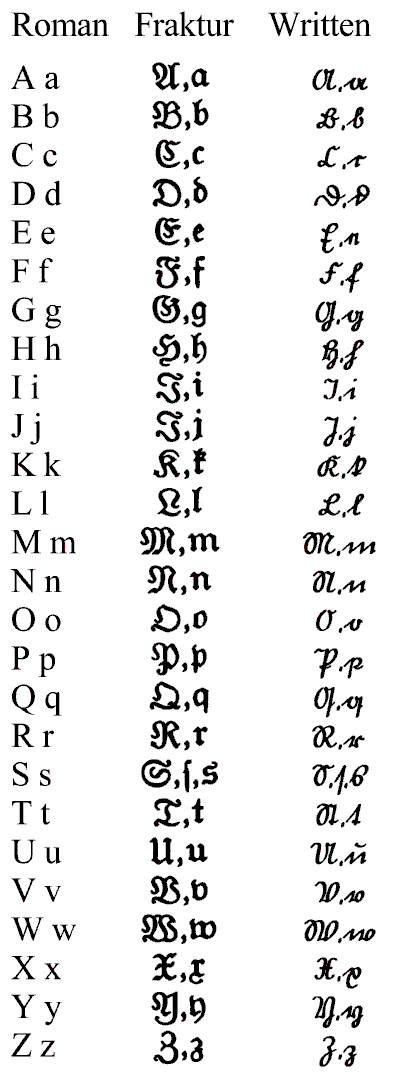 |
| An example of Fraktur typography |
This type has become associated with the Nazis, given the nickname "Nazi Type," despite it being around and used by Germans by far longer than the life of the Nazi Party of the Third Reich. The NSDAP, or Nazi Party, most commonly used Zenetenar Fraktur.
 |
| 1943 Mein Kampf printed in Antigua |
 |
| The difference between Roman and Fraktur |
In Nazi Germany, the NSDAP heavily censored everything in the printing world. They controlled all printing processes in the country at that time. The Germans perfected typesetting, the arrangement of letters on a plate, and ligature, the shape of the letters as dependent on surrounding letters. If they wanted bold type, they had to recreate a plate especially for that. They used a movable type press where the ink was more evenly dispersed. They still had to change out plates. The Gutenberg press facilitated this process, using plates made of metal like tin.
No comments:
Post a Comment